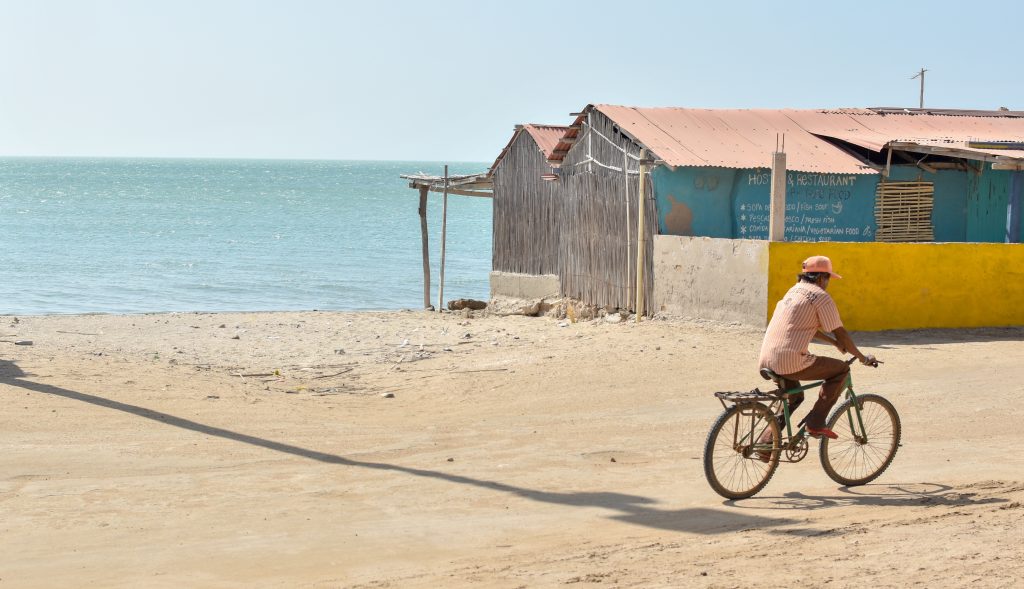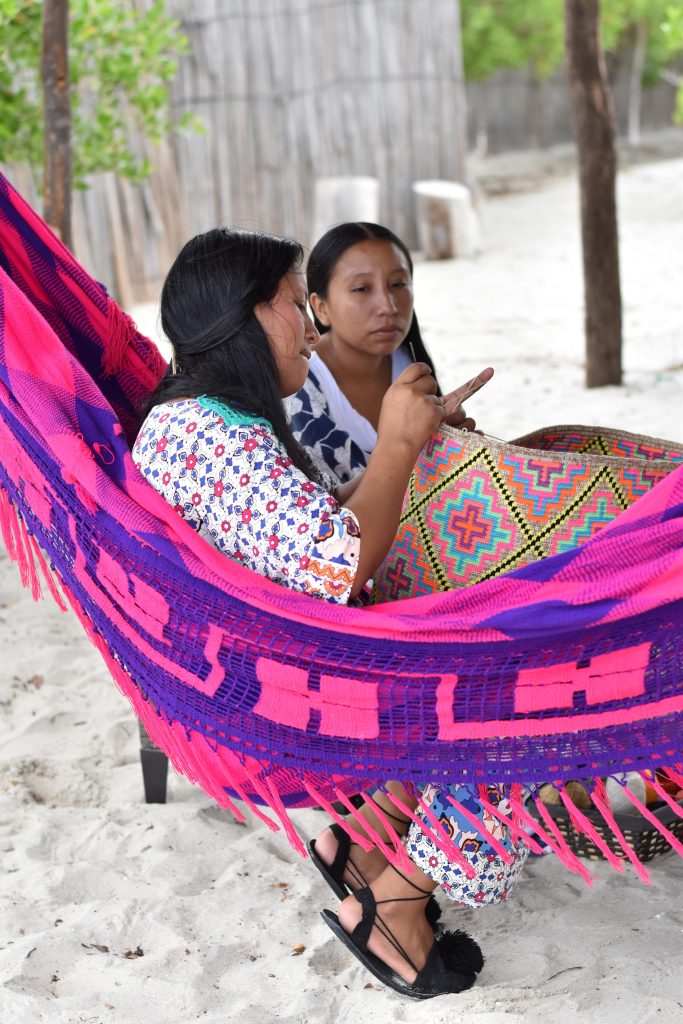
Amid the sun-scorched deserts and rugged beauty of La Guajira, the Wayuu people weave a tapestry of resilience and cultural pride. Migrating from the Amazon and the Antilles around 150 A.D., they have transformed this harsh landscape into a vibrant community defined by matriarchal leadership and artistic craftsmanship. Yet, as modern challenges like water scarcity and globalization threaten their way of life, the Wayuu continue to adapt with innovative solutions and a steadfast commitment to their heritage.
The Wayuu people are known for their deep connection to the land and their rich history, dating back to ancient migrations from the Amazon and the Antilles around 150 A.D. Throughout the centuries, they have fiercely defended their territory and culture.
One of the most distinctive features of Wayuu society is its matriarchal structure, where women hold a central role as clan leaders. The Wayuu are divided into approximately 30 clans, each with its own territory and social norms.
La Guajira is a peninsula of stark contrasts and rugged beauty, where the desert meets the Caribbean Sea. This unique landscape has shaped the lives and culture of the Wayuu people, who have adapted to its harsh conditions over centuries.
La Guajira is a peninsula stretching approximately 386 kilometers in length and up to 80 kilometers in width. The climate is equatorial, marked by two distinct rainy seasons and two dry seasons. The intense heat and arid environment demand innovative solutions for water conservation and agriculture.
The flora and fauna of La Guajira are uniquely adapted to the desert conditions. The region’s plant life includes cacti, thorny shrubs, and the resilient dividivi tree. Animal life is equally diverse, with species like the cabrito (goat) and the guajira cardinal.
The Wayuu people are celebrated for their vibrant artistic expressions, particularly their handwoven mochilas (bags). These bags are not only everyday items but also embodiments of Wayuu culture, heritage, and identity. Crafted by Wayuu women, each mochila is intricately designed using techniques passed down through generations. The patterns and colors hold specific meanings, often reflecting elements of Wayuu cosmology, stories, and daily life. Mochilas also provide a vital source of income for many Wayuu families.

The Wayuu speak Wayuunaiki, a language belonging to the Arawak family, which serves as a cornerstone of their cultural identity. Wayuu spiritual beliefs are deeply intertwined with nature. They hold a profound respect for the natural world, considering it a source of life and spiritual guidance.
Wayuu communities are organized into rancherías, small settlements consisting of several houses built from local materials. The communal lifestyle in rancherías fosters strong bonds among community members, ensuring that the Wayuu way of life continues to thrive.
In the modern era, the Wayuu people of La Guajira face numerous challenges that threaten their way of life.
One of the most pressing issues is water scarcity. The arid climate, exacerbated by climate change, makes access to clean water a constant struggle. This directly impacts food security, as the Wayuu rely on subsistence farming and livestock.
La Guajira faces significant economic and social challenges, with high poverty rates and limited access to education and healthcare. This marginalization hinders the development of the Wayuu people.
Globalization presents a significant threat to the cultural heritage of the Wayuu, risking the erosion of traditional practices and beliefs. Despite these challenges, numerous initiatives aim to preserve Wayuu culture.
In recent years, La Guajira has emerged as a popular tourist destination. The economic benefits of tourism are undeniable, providing income and employment opportunities for the Wayuu.
What challenges does tourism present?
However, tourism also presents challenges:
The Wayuu people have consistently demonstrated remarkable resilience and adaptability. The harsh environment of La Guajira has shaped their approach to life, leading to innovative strategies for managing resources.
The Wayuu have adapted to modern challenges through a combination of traditional practices and innovative solutions, such as:
Community-driven initiatives are at the heart of the Wayuu’s efforts to secure a sustainable future. These initiatives are designed to empower the Wayuu and ensure that their way of life can withstand the pressures of a rapidly changing world.
Looking ahead, the Wayuu are determined to continue their legacy of resilience and adaptability. Through community solidarity, innovative solutions, and a steadfast commitment to their cultural heritage, they are well-positioned to navigate the challenges of the future.
Discover our online store featuring a stunning collection of Wayuu bags. Shop now and embrace the beauty of tradition!